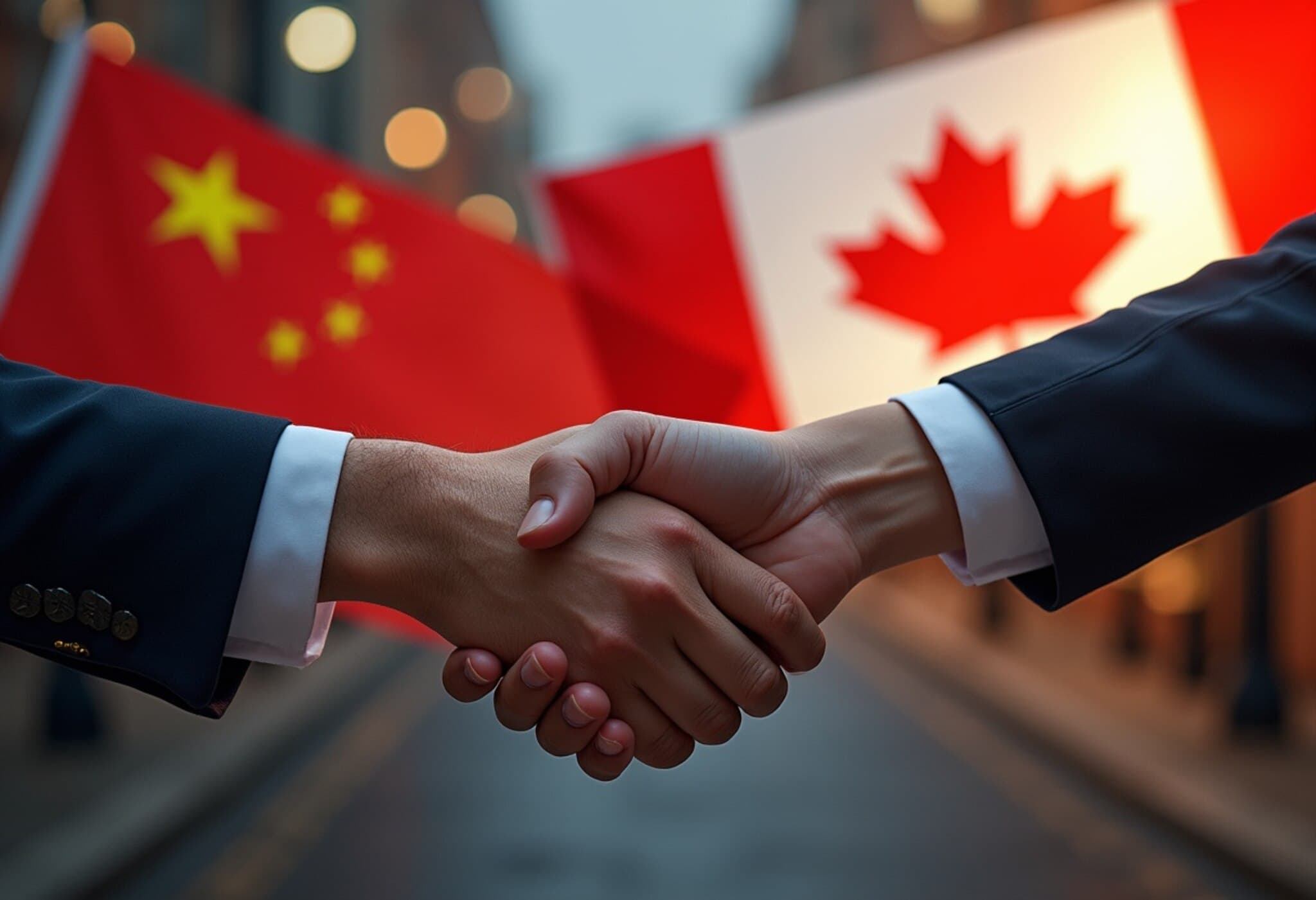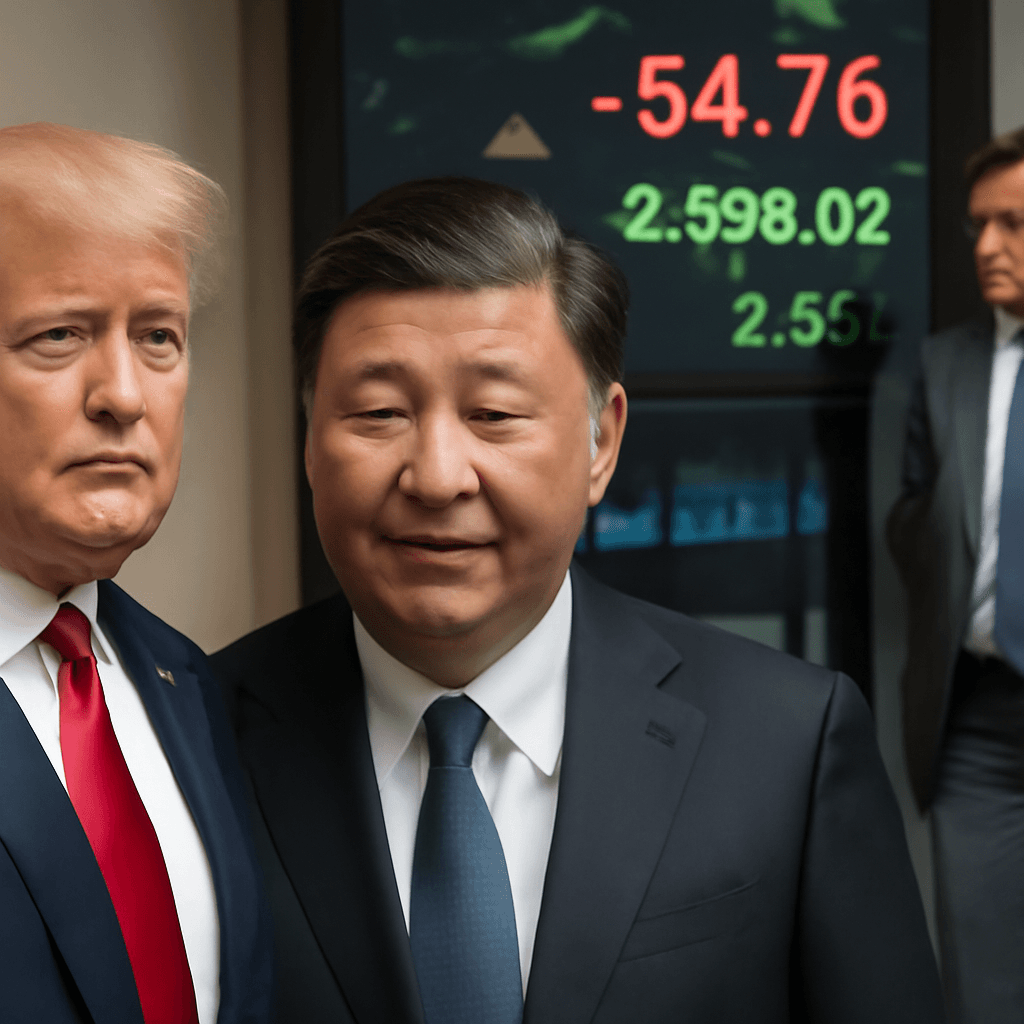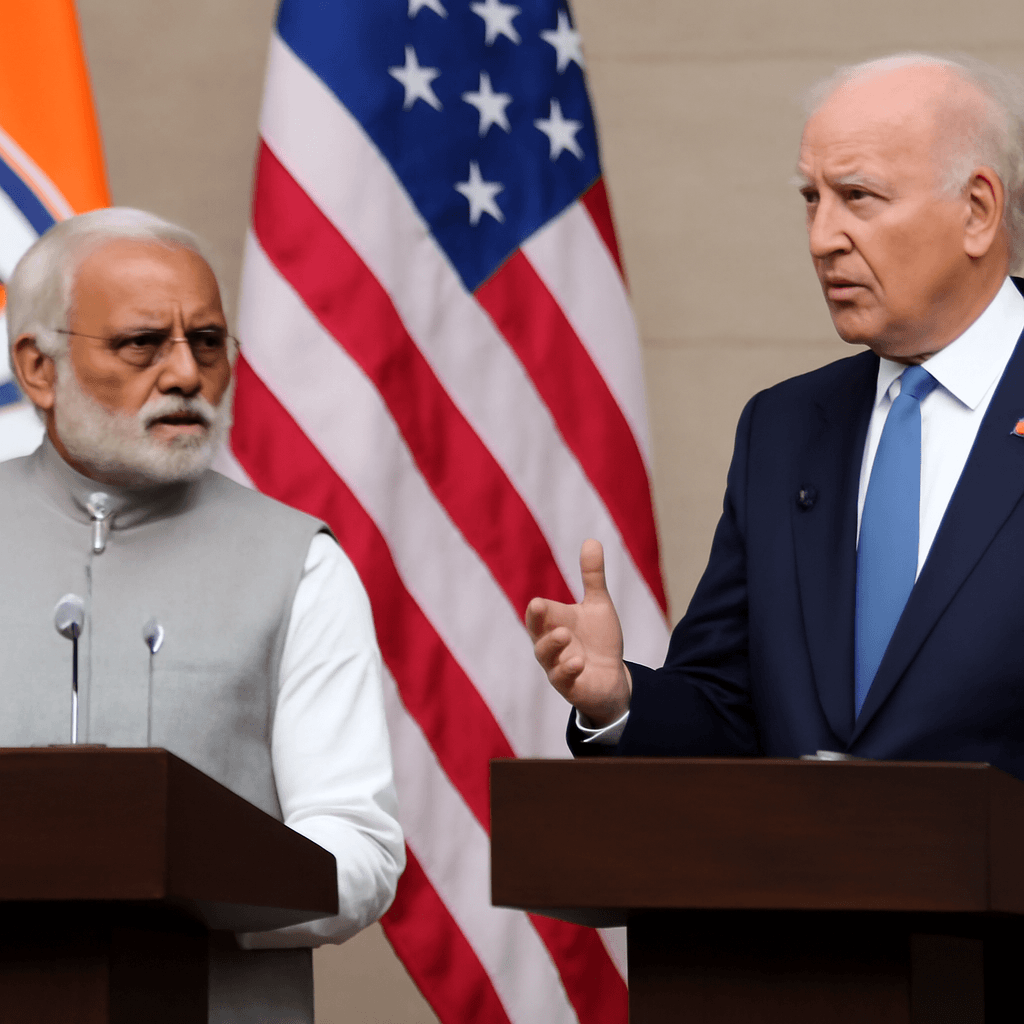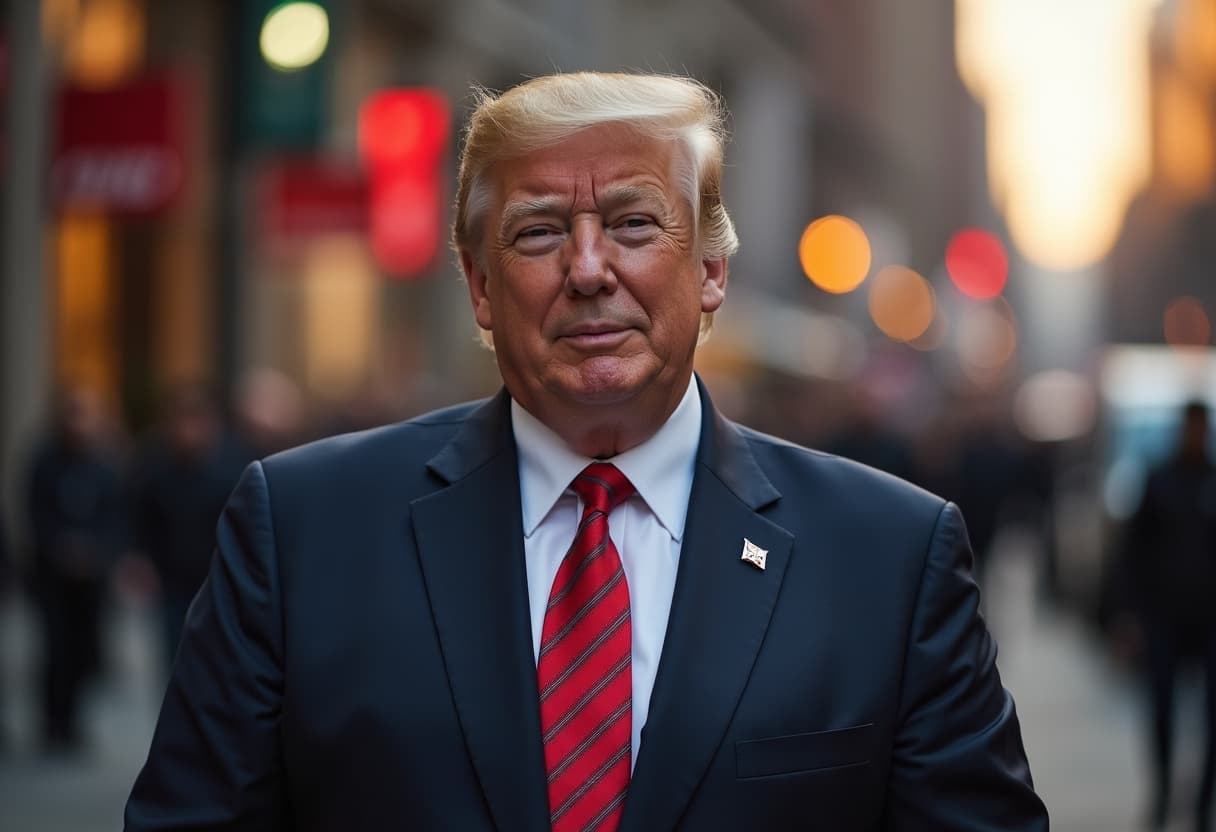China Challenges Canada’s Steel Tariffs, Citing WTO Violations
This week, Canada intensified its trade restrictions on steel imports, prompting a strong reaction from China, which accused Ottawa of violating World Trade Organization (WTO) rules. The dispute marks a new chapter in the already complicated trade relationship between the two nations.
Background: Canada’s Steel Tariffs and New Measures
Canada had previously imposed 25% tariffs on steel and aluminum imports from China. Recently, the Canadian government expanded these duties to target steel products originating in China but processed or further manufactured in other countries. This step aims to curb the practice of rerouting steel through third countries to bypass existing duties.
Prime Minister Mark Carney, speaking ahead of the end-of-July deadline for these tariffs, emphasized protecting Canada’s domestic steel industry, which has expressed concerns over an influx of cheaper steel, particularly after the US levied its own 50% tariffs on imported steel. The Canadian measures align with efforts to prevent market distortions caused by global tariff regimes.
China’s Official Response
The Chinese embassy in Ottawa issued a statement condemning Canada’s tariffs, declaring that such actions violate WTO principles, disrupt global trade order, and harm China’s national interests. The statement criticized Canada’s legal justification for the tariffs and warned they would undermine ongoing economic and trade cooperation between the two countries.
Canada and China had recently agreed in June to enhance bilateral relations and resume negotiations to ease trade frictions. Despite the diplomatic overtures, current tariff escalations present a major stumbling block.
Trade Relations in Context: Economic Stakes and Political Realities
- China ranks as Canada’s second-largest trading partner, with bilateral trade totaling approximately C$120 billion (US$87.5 billion) last year.
- Trade tensions have been simmering, exacerbated by Canada’s 100% tariffs on Chinese electric vehicles imposed last year to shield its nascent EV market.
- China’s retaliatory tariffs on over US$2.6 billion in Canadian agricultural products—combined with an ongoing anti-dumping probe into Canadian canola—have further strained ties.
International Trade Minister Maninder Sidhu expressed eagerness for renewed dialogue, emphasizing the need to engage with Chinese officials promptly to defuse tensions.
What Lies Ahead: Potential Impacts and Broader Implications
The situation raises critical questions for global trade governance and the efficacy of WTO dispute mechanisms amid rising protectionism. Canada’s move reflects a balancing act between honoring international trade rules and defending vulnerable domestic industries.
Experts suggest that if Canada reverses its discriminatory tariffs, China may recalibrate or withdraw its countermeasures, highlighting a path toward de-escalation. However, the ongoing investigations and retaliatory tariffs complicate prospects for swift resolution.
For American policymakers, the Canada-China dispute underscores how US trade policies—like imposing steep tariffs on steel—can have ripple effects, reshaping supply chains and alliances north of the border.
Editor’s Note
The escalating tariff dispute between Canada and China spotlights the fragile interplay of trade policy, domestic economic interests, and geopolitical strategy. Beyond numbers and tariffs lies a story about how major economies negotiate power and protection in a contested global marketplace.
As the WTO framework faces challenges enforcing fair trade practices, the question remains: can diplomacy and dialogue outpace economic nationalism to sustain stable trade relations? Stakeholders must watch closely how Canada and China navigate this delicate balance. This case offers valuable insights for governments, businesses, and consumers worldwide relying on the integrity of international trade systems.














